Chapter 2 - Honeybees: Biology and Diversity
2.1. Organized society
Honeybees are social insects living in highly organized colonies with well defined roles. The bee colony functions like a single organism because of interdependence among the different ‘castes’. A worker bee cannot reproduce; a queen bee cannot construct comb, collect food or even feed herself, her main role being propagation through laying eggs. The drone bee is able to accomplish only one task and that is to mate. All three castes, the queen, the worker and the drone, therefore can live only as part of a colony. The colony is in effect the organism, with the individual bees acting as the cells that make up that organism. The workers build combs of hexagonal cells having three main sections- the lowest or bottom section containing eggs, larvae and pupae, collectively termed the brood; the middle one used for storing pollen; and the upper section for the storage of honey (Wealth of India, 1988).
2.1.1. The worker
The worker bee (Plate 2.1) is an infertile female; she carries out various tasks inside and outside the hive. Young workers are called as house bees. Among the house bees are the store-keepers who receive the materials brought by the outdoor workers and store these properly in the cells. The builders construct wax cells, the repairers plug crevices between the cells, the cleaners remove dead and waste materials, the fanners ventilate the hive by beating their wings and the guards defend the colony with help of a sting. The older workers visiting fields are called as field workers; they gather and bring nectar, pollen, resin and water to the hive. Lifespan of worker bees varies according to the time of the year. During summer, the average lifespan is 15–38 days; in winter it can be 140 days or more, probably t environmental factors playing a decisive role. The colony may contain many thousands of workers – perhaps 60,000– 80,000 or more in a good colony. Worker bees start off with the potential to be queens, but diet change causes them to veer from this course and they fail to develop as queens.
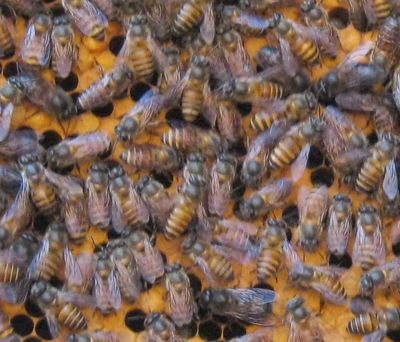
Plate 2.1: Worker bees of Apis cerana indica
2.1.2. Drone
The drone is a male bee and it is only meant to mate with the queen bee (Plate 2.2). He is stingless and the workers have to feed him. In times of lack of food, drones are often ejected from the hive by workers. They are in size bigger than the workers and usually number a few hundred in a colony.
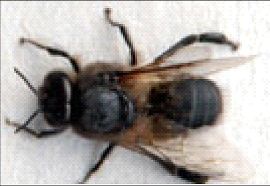
Plate 2.2: A drone bee of Apis cerana indica
2.1.3. Queen
The queen bee is a fertile female (Plate 2.3). Her sole duty is to mates with drones, and stores the sperm and lay fertilized eggs. She is fed on a special diet called as royal jelly and is perpetually waited upon by the workers; she can lays up to 2,000 eggs a day. She has a sting which she uses only to fight rival queens (Cramp, 2008; Seeley, 1995).
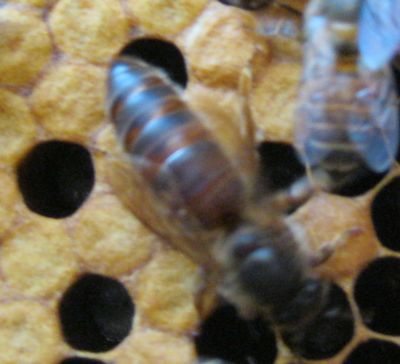
Plate 2.3: A queen bee of Apis cerana indica
2.2. External morphology
A worker bee is 11 to 15mm long and black or brown in colour, body is densely covered with hair bearing short lateral barbs, which entangle pollen grains easily (figure 2.1). The body, as in any other insect, consists of three main parts namely head, thorax and abdomen. The head is attached to the thorax by a flexible neck and the thorax to the abdomen by slender waist. Head has a pair of large and ovate compound eyes bearing un-branched hairs and placed dorso-laterally. The olfactory pits on the head provide the bee with a keen sense of smell. The mouth parts project from the lower narrow end and are of chewing–lapping type. A pair of mandibles is modified for manipulating wax and pollen. Maxillae and labium are modified into a long tubular proboscis for sucking nectar. The thorax has three pairs of legs and two pairs of wings. The abdomen has a honey sac in front and a poison sac with a sting towards the rear.
The Queen is 15 to 20 mm long. It has elongated tapering abdomen, short legs, small wings, short mouth parts and short sting. It lacks wax glands and pollen collecting apparatus. A drone is 15-17 mm. long, it has a robust body, very large eyes, powerful wings and truncate abdomen. It lacks wax glands, pollen-collecting apparatus and sting. Its proboscis is not long enough to get nectar. Hence it is fed by workers (Dhami and Dhami, 1990; David, 2010).
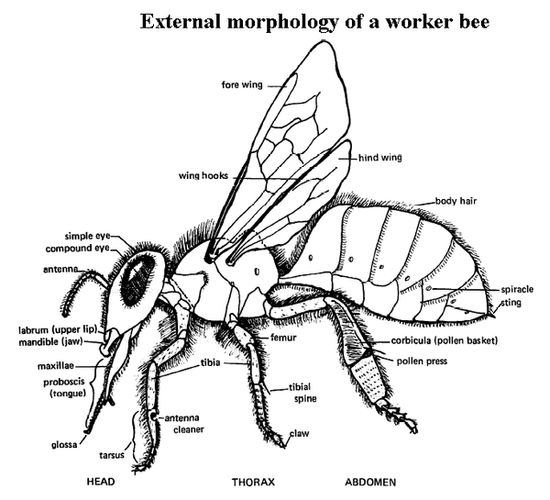
Figure 2.1: External morphology of a worker bee. (Source: Sammatara, and Alphones, 1978)
2.3. Developmental stages (Life cycle)
Life history stages and their duration for Apis cerana are given in the figures 2.2 and 2.3. Each type of bee begins life as a small egg laid by the queen in the base of a wax cell in the comb. After three days, the egg hatches into a larva in the open cell. The young worker bees feed it with royal jelly for the first three days and then on a mixture of pollen and honey (unless they are destined to be a queen bee, when royal jelly will be fed continuously). After another five days, (six for a drone bee), the workers cap the cell, and the larva spin a cocoon around itself and begins its pupal stage during which it gradually changes into an adult bee. The bee then chews through the capping of wax and emerges as an adult. Capped drone cells are usually in a cluster along the top part of a frame. These areas of drone cells are easy to spot as the cells are larger and of domed shape. A drone will emerge 24 days after the queen has laid the egg. Queens in their larger sized cells develop more quickly taking just 16 days overall and the beekeepers need to keep a special eye on queen cells to prevent the colony swarming (Cramp, 2008; Ghosh, 1998)
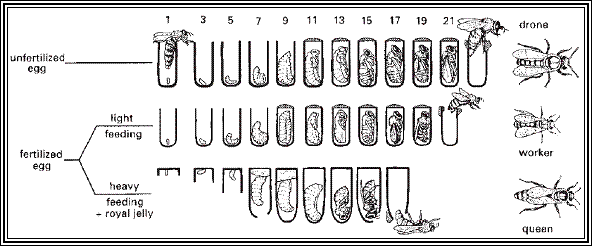
Figure 2.2: Duration of developmental stages of honeybees. (Source: Gullan and Cranston, 2010)
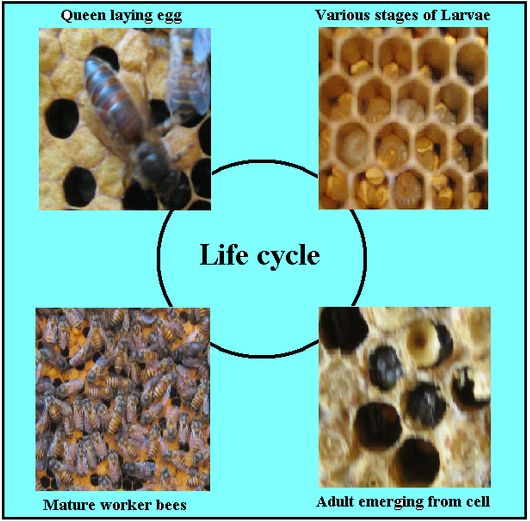
Figure 2.3: Life cycle pattern of Apis cerana indica
2.4. Diversity of honeybees in Uttara Kannada
Michener (2007) reported 17, 533 species of bees, grouped under 443 genera and seven families. Of these, 633 species in 60 genera and six families were reported from India (Gupta, 2003). The dominant honey producing bees belong to the genus Apis, under the family Apidae. Apis is represented by five species in India. Among them four are native species viz. a) Apis dorsata (rock bee or giant bee), b) Apis cerana (Indian bee), c) Apis florea (little bee) and Apis andreniformis.Apis mellifera(European bee), is an introduced species. In Uttara Kannada, three species of Apis sp. and one Trigona sp. are found.
2.4.1. Apis cerana (Kan: Thuduve-Jenu): Ruttner (1988) classified Apis cerana into subspecies based on the living habitats and genetical diversity; of these Apis cerana indica and Apis cerana cerana occur in India. In Karnataka, the subspecies Apis cerana indica is recognized into two morpho-types like ‘hills bee’ (black coloured) and plains bee (yellow coloured). The hill bee is distributed in the Western Ghat districts of Uttara Kannada, Udupi, Dakshina Kannada, Kodagu, Hassan, Chikmagalar, Shimoga and in parts of Dharwad, Belgaum, Mysore and Chamarajanagar (Plate:2.4). The plain bee is restricted to Haveri, Chitradurga and parts of Dharwad districts. The two colour morphs live in different habitats with varied temperature and rainfall. Balck morph is seen in moderate to high rainfall areas with moderate temperature, while the yellow morph is seen in areas with low rainfall and high temperature situation. Currently, the beekeepers prefer to rear plain bees because of their ability to withstand higher temperature and scarcity of food sources, a situation increasingly being felt in the district. Apis cerana, the Indian bee is medium sized, yellowish brown and comparatively quiet in nature. The radial cell of the forewing on the basal portion and apical portions have lengths 1.2 mm and 1.8 mm respectively. The length of labial palp is 1.8 mm.
Habitats: They are found in dry, shadowy and dark places viz. holes of old trees or dead trees, earthen pots, sunshade of buildings etc.; occasionally it also occurs in holes in the earth or in termite mounds. These bees are very suitable for apiculture by growing them in movable frames.
Habits and ecology: It is easier to domesticate Apis cerana because it is not as nomadic in habit unlike A. dorsata and A. florae. Stinging nature is medium but could be higher in swarming period. They build seven to eight parallel combs in a colony. The spaces between the combs are double of their body size. Top of the comb, known as honey comb is meant for storing honey and pollen while the bottom where the queen lays egg to brood the new bees, is known as brood comb. These bees do not normally attack unless provoked. A colony produces 5 -15 kg honey/year. The honey is considered superior compared to other honey sources. These bees are good gatherers of honey and pollen. While collecting honey and pollen they also pollinate. This is the most widely domesticated bee in India. Being not migratory its domestication is easier.
Distribution: Apis cerana indica occurs across the plains of Central and Southern India, Sri Lanka, Bangladesh, Burma, Malaysia, Indonesia and the Philippines as a uniform population in this subcontinent. But in the higher altitudes of North India it is replaced by A. cerana cerana.
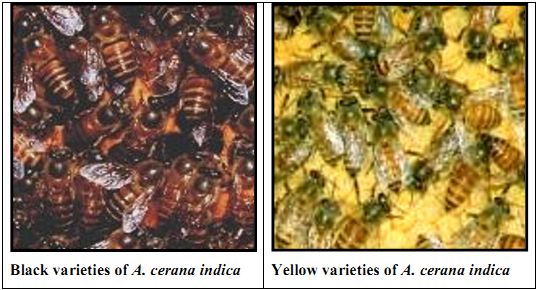
Plate 2.4: Black and Yellow varieties of Apis cerana indica
2.4.2. Apis florea (Kan: Kolu-Jenu): It is commonly called asDwarf bee or Little bee, which is distributed throughout India from the eastern regions of the Arabian Peninsula, through southern Iran and Iraq to Pakistan and India as far north as the Himalayas (Plate:2.5). Large quantity of honey from A. florae is harvested from the Kutch area of Gujarat (Soman and Chawda, 1996). The quantity collected elsewhere is less and mostly consumed by the collectors themselves. The combs are single and similar to that of Apis dorsata in structure. The average body length and height are 6mm and 3mm respectively. It has white stripes on the brown abdomen. In the drones (males), the “thumb” of the bifurcated basal-tarsus of the hind leg is much longer.
Habitats: Apis florea prefer to construct its hive on small branches from the tree trunk, in bamboo groves, forming colonies encircling the branches. A colony consists of only a single comb.
Habits and ecology: A. florea is more of a crop pollinator than a honey producer. It migrates very frequently between plains and adjacent low hills, depending on seasonal variations in forage availability.
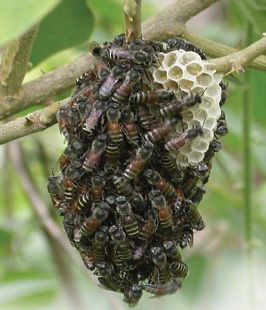
Plate 2.5: Apis florea (source; Anita et al., 2009)
2.4.3. Apis dorsata (Kan: Kadu jen, Hej-jen): Apis dorsata, is commonly referred to as the “Rock bee,” or “Giant honey bee” owing to its large body size. It is represented by three subspecies in India viz Apis dorsata dorsata, Apis dorsata laboriosa and Apis dorsata bighami. A. d. laboriosa, the giant Himalayan honey bee, is confined to the high altitudes (range 2,500 and 4,000 m) in the northern region. A. d. bighami is distributed in restricted areas of the North-East namely in Khasia hills, Sikkim and Meghalaya. (Roubik et al., 1985; Allen 1995; Otis 1996; Thapa et al. 2001). A. d. dorsata, which constitutes the Karnataka subspecies, occurs at lower altitudes ranging from 0 to 1,500 m (Plate: 2.6). It is distributed from India to the east to the coast of Vietnam and into the Southeast Asian islands.
The combs of this species measure 1.5 to 2.1 m from side to side and 0.6 to 1.2 m from top to bottom. They produce good lot of wax and honey, and are migratory in nature. They are very ferocious bees and their stings are painful. These are not normally good for domestication. In Uttara Kannada spectacular development of this bee is seen in Yana rocks of Kumta and specially on the crown branches of the very large sized Tetrameles nudiflora trees (Plate: 2.8).
Habit: Apis dorsata have a well organized mass defense reaction. An intruder once marked by the odour or specific pheromone is chased for kilometers and stung. They are seasonally nomadic migrating to locations about 100-200 km distant every year. The timing of migration is correlated with the change in the season (rainy to dry period).
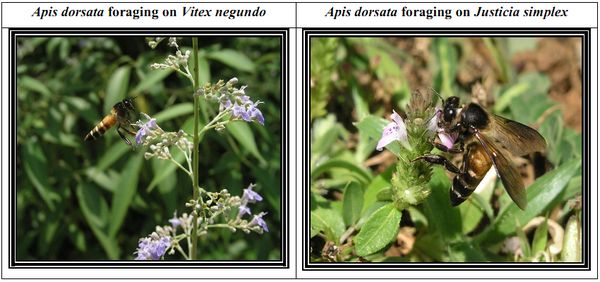
Plate 2.6: Apis dorsata foraging on Vitex negundo and Justicia simplex
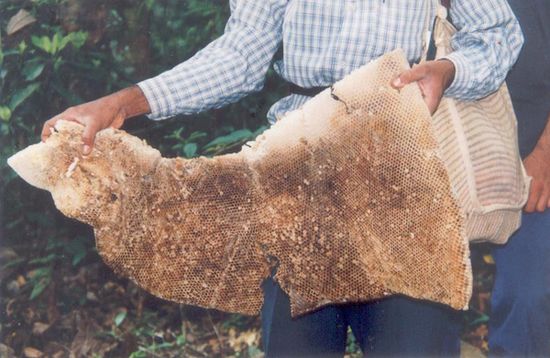
Plate 2.7: Apis dorsata comb collected from forest for wax extraction
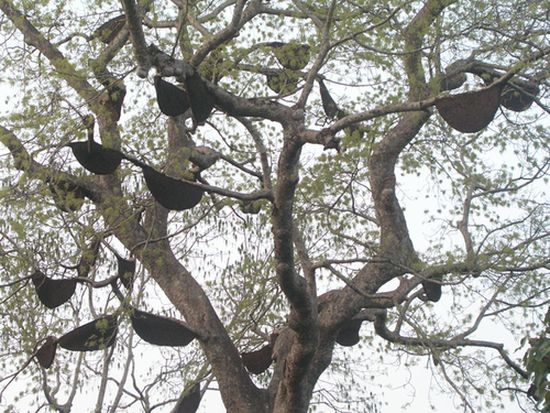
Plate 2.8: Apis dorsata hives on Tetrameles nudiflora
2.4.4. Trigona iridepennis (Kan: Misri Jenu; Eng: Dammer bee): Stingless or dammer bees are of smallest size compared to other honey-yielding bees. They belong to the family Apidae and sub family Meliponinae. It consists of two genera Melipona and Trigona. Meliponinae includes 8 genera, having 15 sub genera and more than 500 species (Wille, 1983). They bite for defense; their abundance in a colony range from hundred to thousands or more (Michener, 2000). Trigona is the largest group and most widely distributed from Southern Asia to Australia (Plate: 2.9). These colonies are entirely different from other honey bees of the genus Apis. They construct numerous elliptical cells for storing pollen and honey by using a special material made of wax and resin. Their domestication is easier but honey production is less. The honey is reputed to be of high medicinal valuable compared to Apis honey. Queen is distinguished from the worker by her larger size, mean body length of workers and queen measuring 4.07 and 10.07 mm respectively. Queen is golden brown in colour and has a pointed abdomen. The workers are black pigmented and with pale yellow. Mandibles in workers are smaller than that of the queen. The queen does not have pollen gathering baskets in her legs.
Habits & Habitats: Dammer bees gather plant resins (propolis) and use it together with wax, to construct their nest. The nests are built in trunks of trees, logs, wall crevices or under the roofs of dwellings. In the nest, there is a group of separate cells for brood rearing and another group of larger “sacs” for storage of pollen and honey. The dark and bitter honey is valued for its medicinal properties.
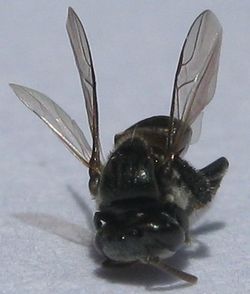
Plate 2.9: Trigona iridepennis
2.5. Key to the Uttara Kannada honey bees (based on Engel, 2002)
- Hind wing of jugal lobe is present; meta-tibial spurs and outer grooves of mandible are absent; arolia present........................................................................................................... 2
- Hind wing of jugal lobe is absent; meta-tibial spurs and outer grooves of mandible are present; arolia absent or reduced (Bumble bees; genus Bombus) ........................... Bombini
- Forewing with reduced distal wing venation, marginal cell frequently open at apex; claws simple; penicillum present in worker; auricle absent; sting reduced (Stingless bees; numerous genera) ............................................................................. Meliponini…………6
- Forewing with complete distal wing venation, marginal cell long and completely bordered by veins (Fig. la); claws cleft; penicillum absent in worker; auricle present; sting well developed (Honey bees; genus Apis) ...................................... Apini…………3
- Distal abscissa of vein M in hind wing present; worker size variable, moderate to large, forewing length 7-15 mm (subgenera Apis and Megapis) .................................................. 4
- Distal abscissa of vein M in hind wing absent; worker size small, forewing length 6-7 mm. (subgenus Micrapis) ................................................................................................... 5
- Forewing hyaline; scutellum yellow-brown, rarely black; drone with tarsi unmodified; worker size moderate, forewing length 7-9 mm.(subgenus Apis s.) .………….A. cerana
- Forewing fuscous; scutellum black; drone with dense frond-like setae on meso- and metatarsi; worker size large, forewing length 12-15 mm (subgenus Megapis)....A. dorsata
- Meta-tibia and dorsolateral margin of meta-basitarsus with white setae; metasomal terga I -II reddish-brown; drone metabasitarsal process long, more than two-thirds meta-basitarsus length ..................................................................................................... A. florea
- Hind wing commonly with cells R and Cu closed by at least weakly brownish veins; forewing with 1 or 2 submarginal cross veins usually weakly indicated, first submarginal cell usually recognizable; cell second Cu of forewing completely indicated at least by faint veins; vein M of forewing usually extending at least slightly beyond position of anterior end of first recurrent vein and angulated at end of that vein…………..Trigona sp.